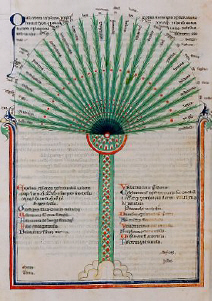26. We may now take the various specific types of Motion, such as locomotion, and once again enquire for each one whether it is not to be divided on the basis of direction, up, down, straight, circular – a question already raised; whether the organic motion should be distinguished from the inorganic – they are clearly not alike; whether, again, organic motions should be subdivided into walking, swimming and flight.
Perhaps we should also distinguish, in each species, natural from unnatural motions: this distinction would however imply that motions have differences which are not external. It may indeed be the case that motions create these differences and cannot exist without them; but Nature may be supposed to be the ultimate source of motions and differences alike.
Motions may also be classed as natural, artificial and purposive: “natural” embracing growth and decay; “artificial” architecture and shipbuilding; “purposive” enquiry, learning, government, and, in general, all speech and action.
Again, with regard to growth, alteration and birth, the division may proceed from the natural and unnatural, or, speaking generally, from the characters of the moved objects.
